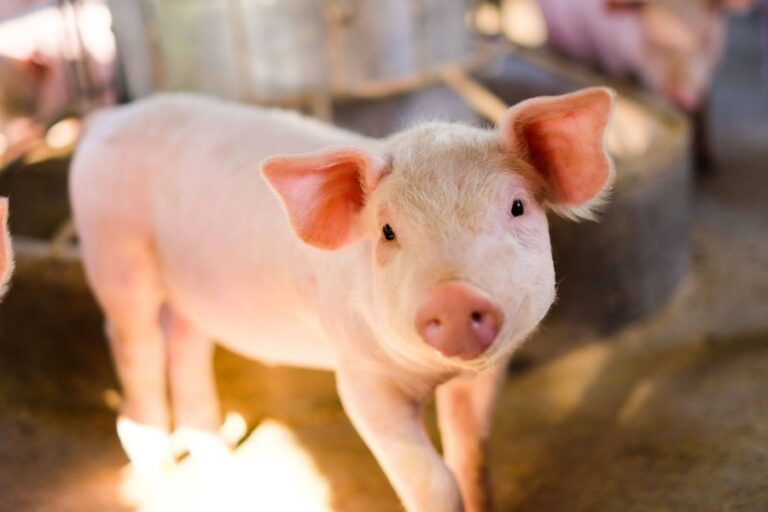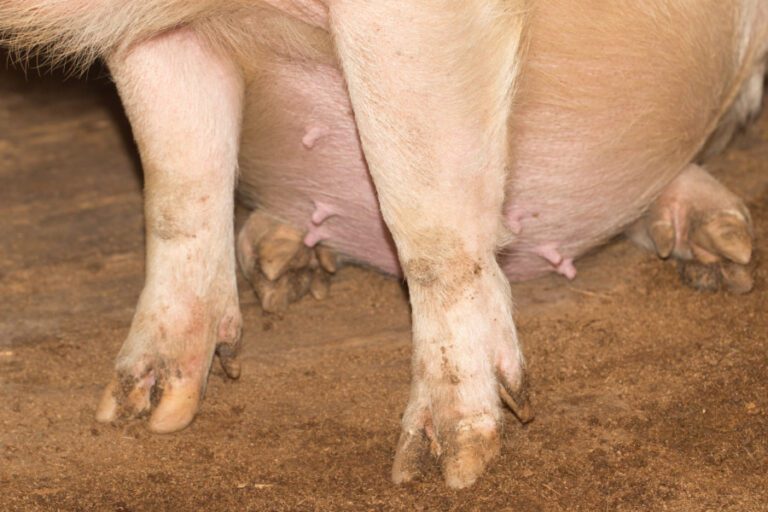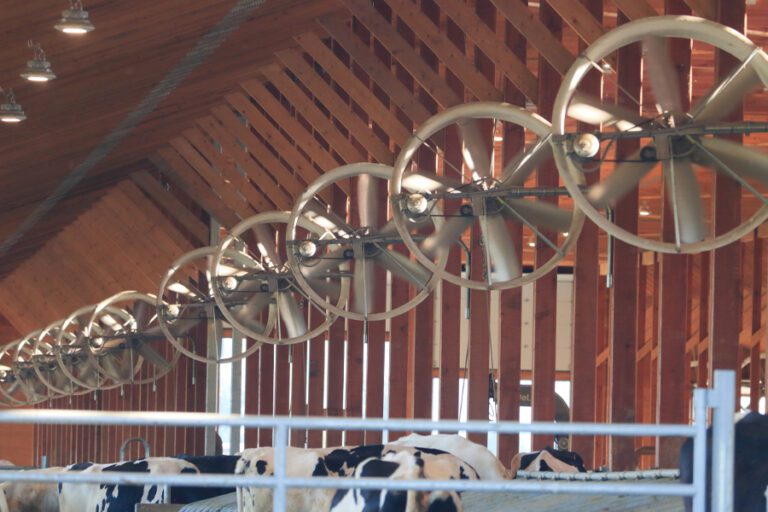Cooling Cows from the Inside Out
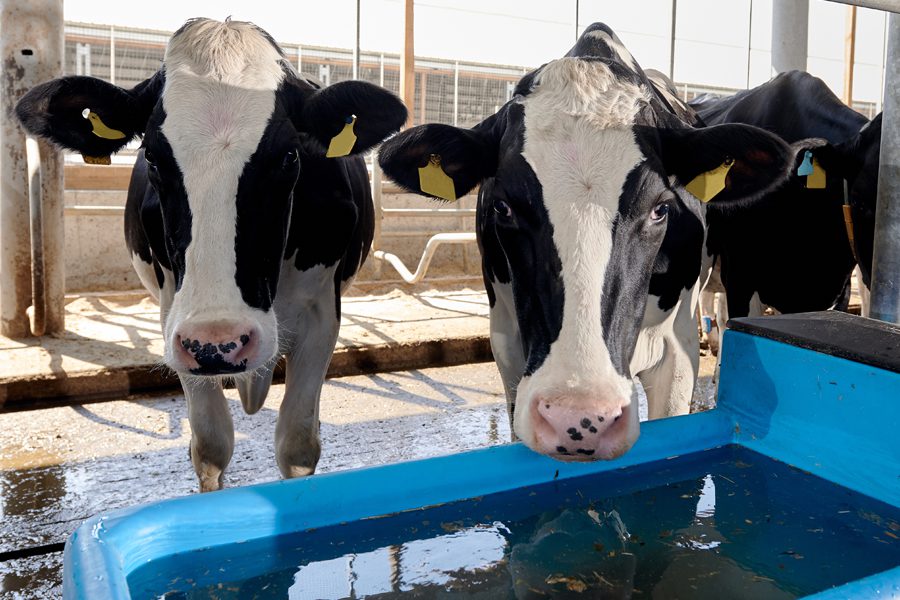
What is the most essential and least expensive component of a dairy cow’s diet? If you guessed water, you’re correct! Water intake is an often-overlooked aspect of milk production and cow comfort, but it’s essential for both.
Heat Stress Requires More Water Intake
It’s commonly known that heat stress reduces feed intake, feed efficiency as well as milk production (Wheelock et al., 2010). Dairy cows require 30% more water during heat stress, and the cow uses a water-based internal system to help stay cool. A dairy cow must be properly hydrated for this system to work at its best. Cows can’t maintain hydration if water intake is compromised due to a lack of water access, low water flow, or poor water quality.
There are three “E’s” when it comes to water and heat dissipation:
- Expiration (lungs)
- Evaporation (skin)
- Excretion (urine)
A classic study (McDowell et al.,1969) found that early lactation cows under heat stress (90°F/32°C, THI=75) had increased rectal temperature, reduced feed intake, and fecal water output, resulting in a 28% increase in water intake and 50-60% increase in skin surface and respiratory evaporation. Worst of all, efficient use of digested energy for milk production dropped by 30%.
Modern dairy cows have a higher metabolic heat load, so optimum water consumption is even more critical, especially for coping with heat stress. Heat stress will not only increase the amount of water consumed (+30%; NASEM, 2022) but also increases the length and frequency of drinking (NASEM, 2021; Tsai et al., 2020). For example, a cow producing 100 pounds of milk will consume approximately 29 gal (110 liters)/water/d in thermoneutral conditions but will increase to approximately 36 gallons (136 liters) when the mean daily temperature reaches 80°F (27°C). Studies have demonstrated that cows spend only 20-30 minutes per day drinking water, most of which is primarily done 30-90 minutes after milking and feeding (Burkhardt et al., 2022). Pens should not only have enough linear space, but also multiple water sources distributed throughout the pen to allow access during peak times.
Other Influences on Water Intake
A higher stocking density only compounds the stress caused by hot weather. A Kansas State University study (Smith et al., 2002) reported that bumping stocking density from 100% to 130% reduced available water space from 3.6 inches (9 cm) per cow to 2.8 inches (7 cm) per cow in four-row freestall barns and from 2.25 inches (6 cm) per cow to 1.7 inches (4 cm) per cow in six-row barns. Experts estimate 3.5 inches (9 cm) of linear water space per cow as adequate, and assessments of cow comfort on dairies have found that this goal is not being met on many dairies (Table 1. NOVUS C.O.W.S.® Program Internal Data). Regions in this table with the lowest water space are typically the regions with the highest pen stocking density with some farms exceeding 150% stall stocking density even on 3-row pens. Likely many of these facilities were built according to recommendations, but the increased number of cows/pen has decreased space availability. In contrast to the Northern Mexico region, all dairies were open lots in a hot, dry desert environment which had the greatest water space availability with over 5 linear inches (13 cm)/cow.
Table 1. Water space available on North American commercial dairies (NOVUS C.O.W.S.® Program, 2024)
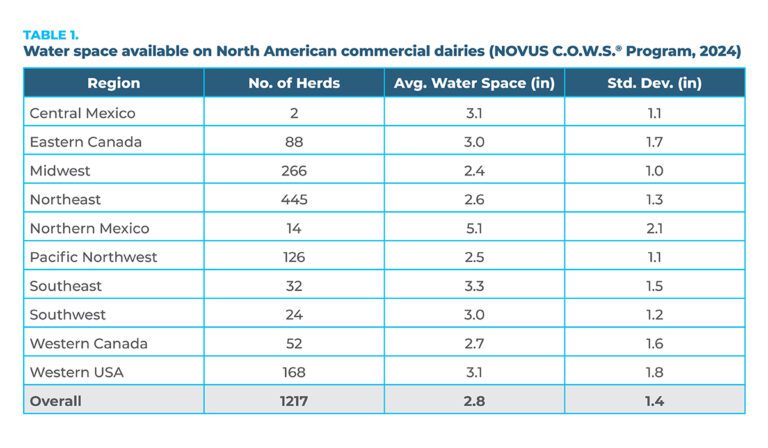
Cow behavior is another reason not to shortchange dairy cattle when it comes to water access. As space per cow shrinks, aggressive behaviors by dominant cows increase, including around water sources, mostly affecting first-lactation and subordinate cows. Dominant cows seem to prefer water access in the return alley, so keep that in mind when adding new water sources (Photo 1).
A survey of 133 commercial dairies (Ensley, 2000) found that rolling herd average (RHA) milk yield was positively related to linear water space, using water cups or fountains in addition to tanks, and regular cleaning of water devices. Another study (Sova et al., 2013) of 22 Canadian freestall herds determined that each additional inch of linear water space was associated with 2 more pounds (0.9 kg) of milk production per day. Finally, a study of 204 Norwegian freestall herds (Naess et al., 2011) identified that first-lactation cows increased their milk yield when they had more easily accessible water troughs. These findings reinforce the value of ample water space, easy access and cleanliness.
Additional Water Space Added in Return Alley (PVC pipe)
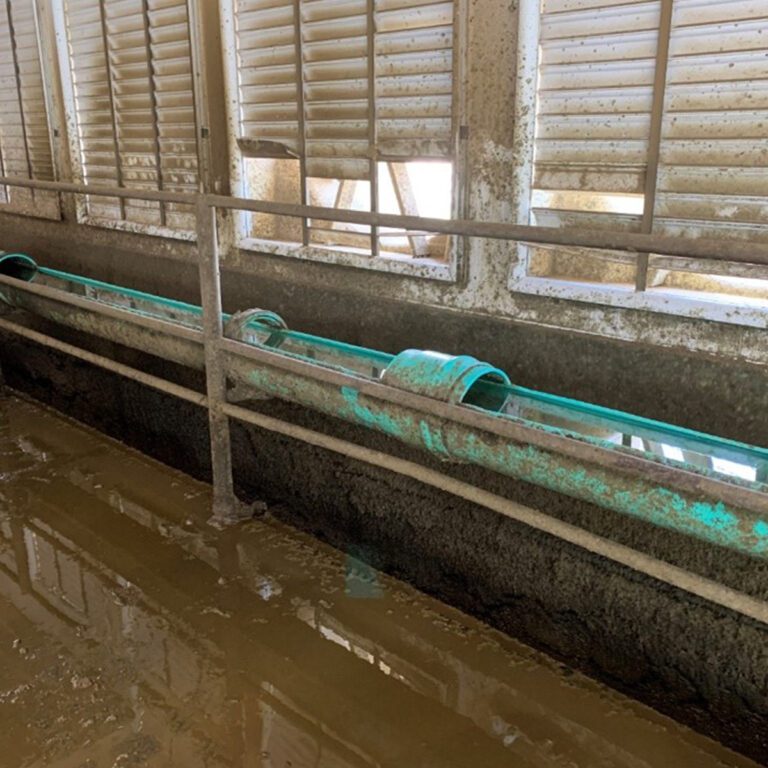
Configuration of water troughs matter, too. Cows spend more time and drink more from water sources that are higher (24 vs 12 inches; 61 vs 30 cm) and with a larger surface area (12 vs 3 ft3; 0.34 vs 0.08 m3) (Teixeira et al.,2006). Water depth and refill rate should maintain water volume during peak drinking times (no slurping sounds). If rails are used to prevent cattle from stepping into troughs (Photo 2) allow at least 21 inches (53 cm) of head clearance for cows drinking (Smith et al., 2002). If it is noticed cows are standing in the water troughs, consider additional pen level heat abatement strategies (fans, feed line soakers) instead of installing a rail. The cows are likely telling us they are hot. Depending on plumbing configurations, water intake can be monitored by water meters isolating pens or barns.
Barriers should not restrict water intake, 21 in (53 cm) clearance minimum
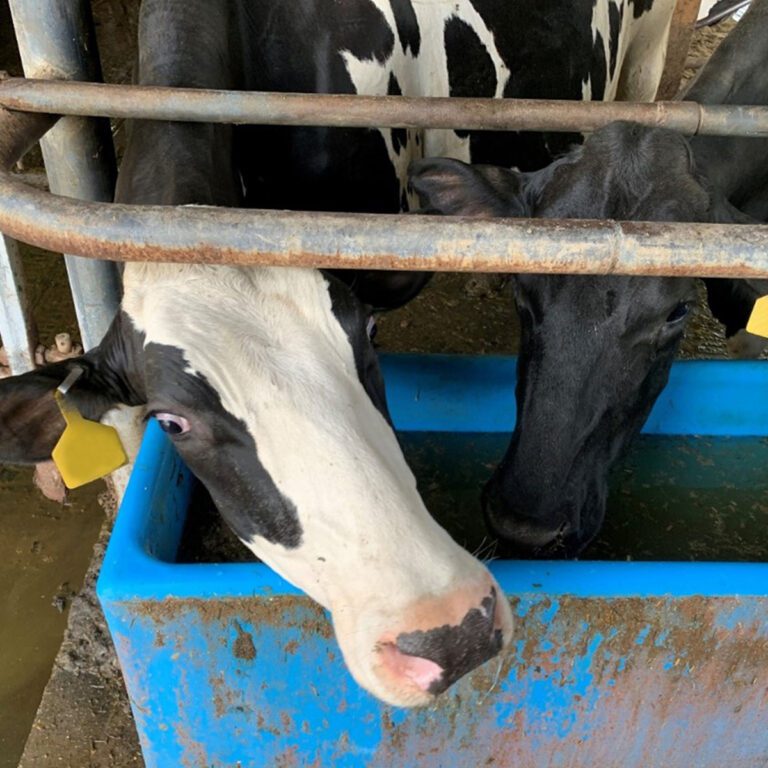
Periodic water tests are important for finding any significant changes in water quality. Elevated amounts of nitrates in water negatively affected both calving interval and RHA milk yield (Ensley, 2000). Elevated levels of sulfate and chloride can be a concern in lactating cows (Beede, 2012) and should be monitored. High levels of water sulfate can reduce trace mineral absorption (Vasquez-Anon et al., 2007). High levels of iron and manganese can make water unpalatable for dairy cattle (Beede, 2012).
Regular cleaning and providing shade can keep algae growth at bay and reduce fecal water contamination. Even at low levels of fecal contamination (0.05 mg/g water) is associated with cows rejecting a water source (Schütz et al., 2019). Some species of blue-green algae can produce toxins, while other types of algae only make water unpalatable to cattle, decreasing water intake.
Unrestricted access to clean water is a crucial component of dairy cattle nutrition, health, and performance, especially during heat stress. Location and design of water stations should consider cow numbers, stocking density, production level, and natural behaviors to encourage optimum water intake. Don’t forget adequate clean water for calves, heifers, and dry cows as well.
To learn more about the importance of water intake and cow comfort, contact a NOVUS C.O.W.S.® Program representative today.
References
Beede, D.K., 2012. What can we do about water quality? Proc. Tri-State Dairy Nutrition Conf. p. 17-22. www.tristatedairy.org
Burkhardt, F.K., J.J. Hayer, C. Heinemann, and J. Steinhoff-Wagner. 2022. Drinking behavior of dairy cows under commercial farm conditions differs depending on water trough design and cleanliness. Applied Anim. Behavior Sci. 256. Article 105752.
Ensley, S.M., 2000. Relationships of drinking water quality to production and reproduction in dairy herds. Ph.D. Dissertation, Toxicology. Iowa State University.
McDowell RE, Moody EG, Van Soest PJ, Lehmann RP, Ford GL. 1969. Effect of heat stress on energy and water utilization of lactating cows. J Dairy Sci.;52188-94
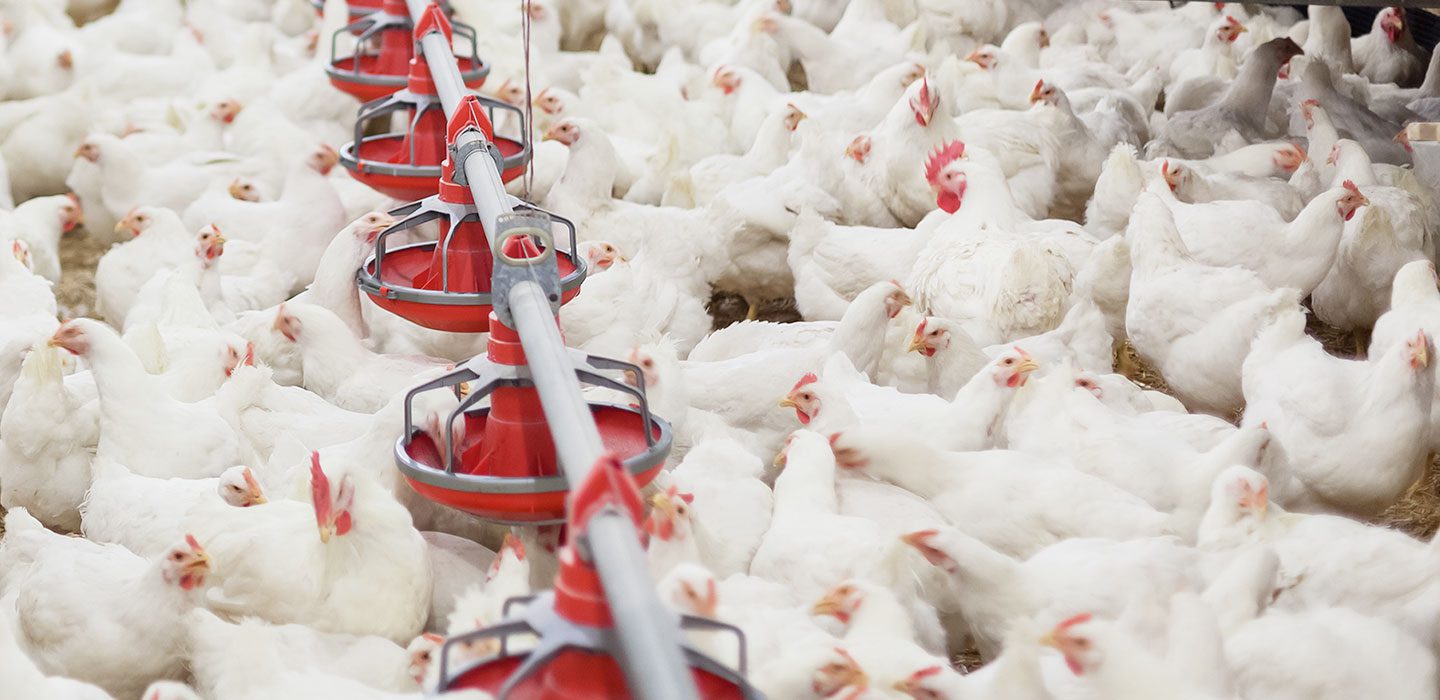
Intelligent Nutrition for Your Business
More science. More insight. More inspiration. More ways for you to feed the world.


